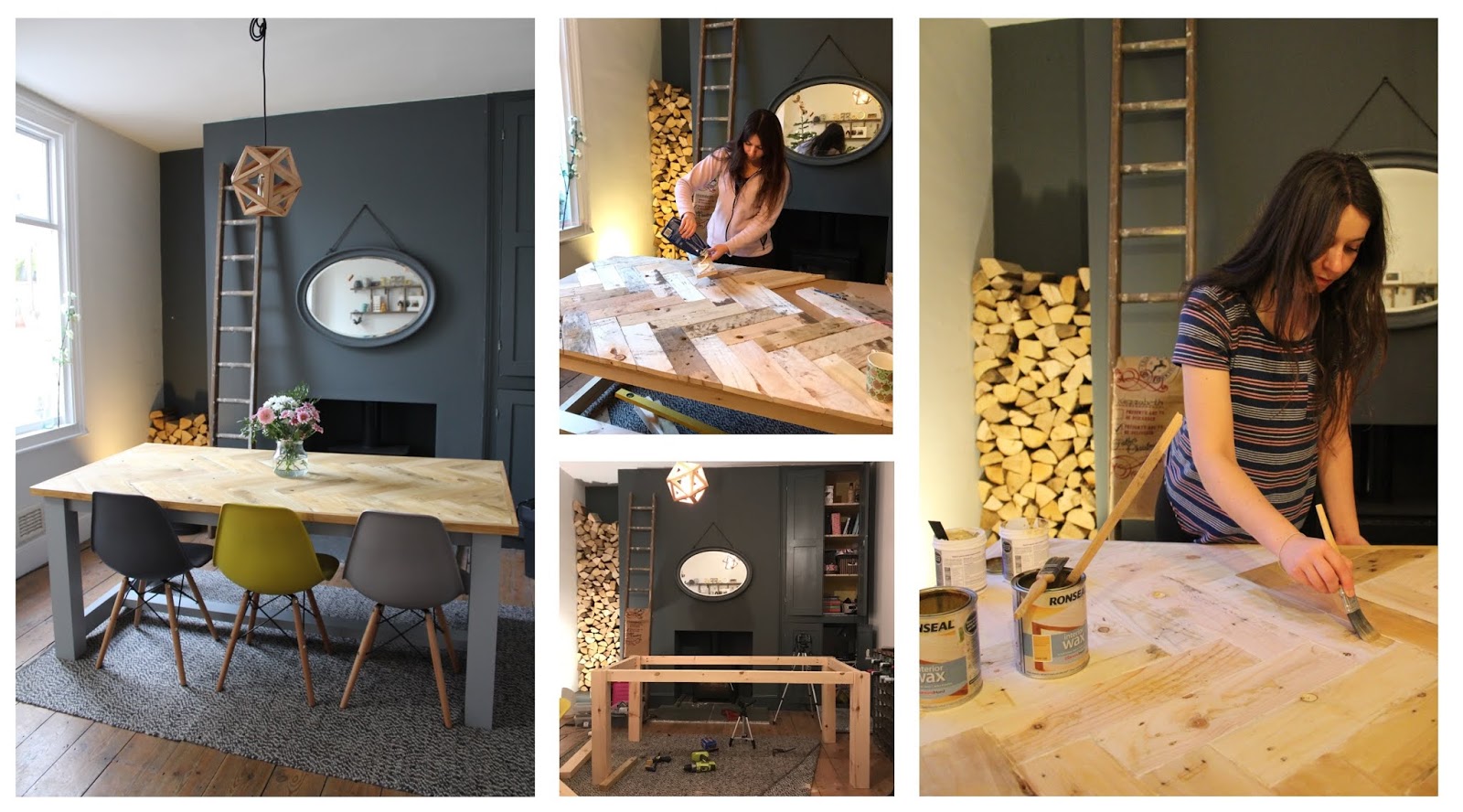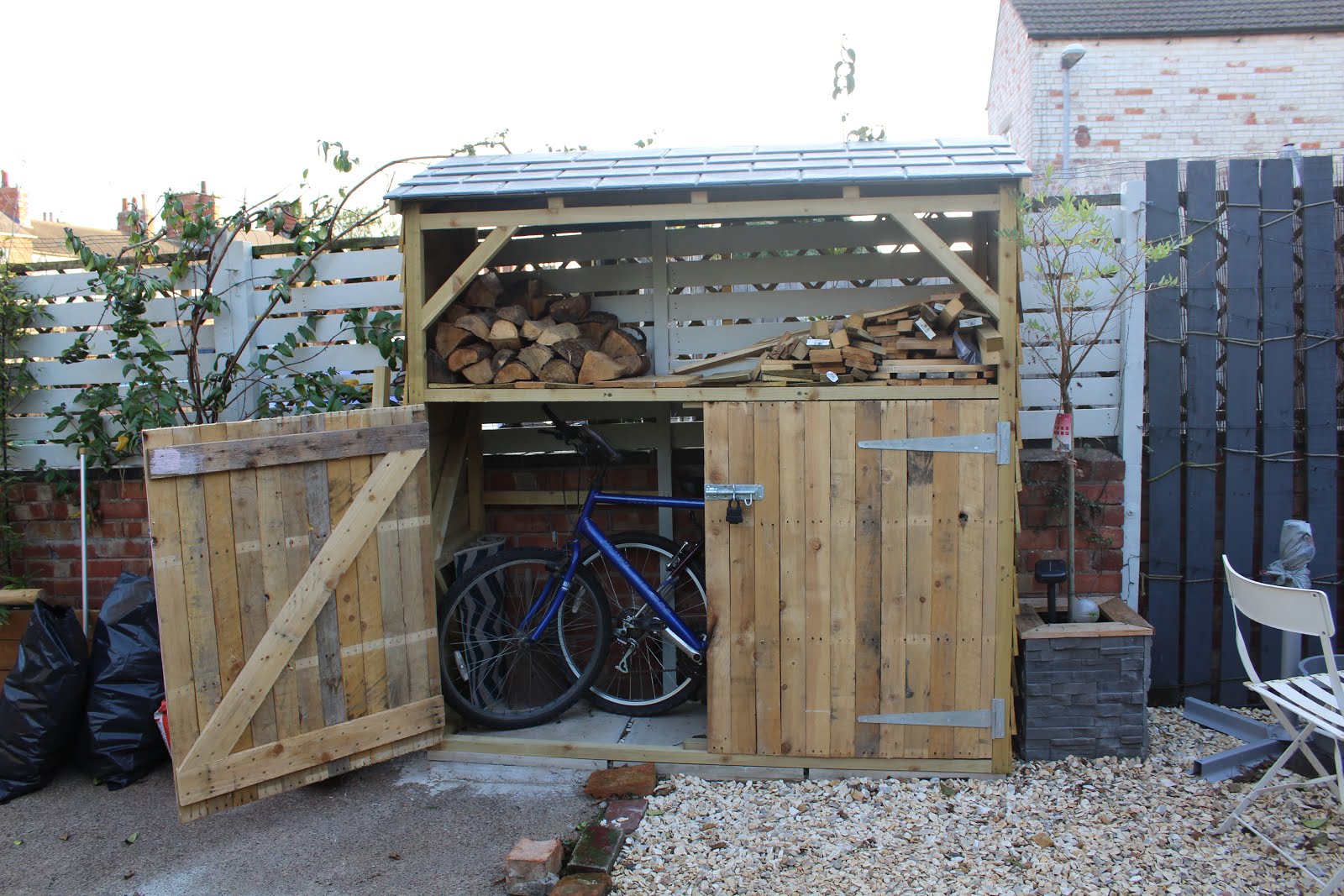After we removed the lath and plaster ceiling in the bathroom and replaced it with modern plasterboard approach, we were left with a sizeable gap between the ceiling and wall. This was because the new ceiling was much thinner than the old lath and plaster was!
So we now had a nice big gappy border around the whole room to deal with. So I thought I’d do a quick post showing you what we did!
We used browning plaster for the job, which is basically a bottom coat of plaster, which you can apply directly onto the brick. You’ll need to make sure to sweep out any dirt from the gap before you start as this will prevent the plaster from sticking correctly! You can also apply a PVA/water mix to seal the surface to help seal any small dust you may have mised.
When the PVA/water mix felt tacky to touch, we mixed up our browning plaster and then using a filling and pointing trowel, pushed the plaster into the gap.
This is slightly trickier than it sounds because naturally, you’ll probably make a mess with plaster dripping down the walls! I found the easiest way was to use the pointing trowel to hold the plaster, then held against the wall. Using the filling knife, you can then push it into the gap – and if any falls out, your pointing trowel should catch it.
You want to make sure not to over-fill the gap so when it begins to firm off, you can scrape over the top with your filling knife to remove any excess. Then, when it had firmed up
For the
You apply the jointing compound in the same way you would when using Polyfilla. Although for working on larger surfaces, I recommend a bigger filling knife (or something like this taping knife). I made sure to get the filler as smooth as possible whilst wet, as this will save on how much you need to sand when it’s dry!
And that’s it! Whilst this wasn’t a huge job, it has made a huge difference to the room. There’s something about having that gap between the wall and ceiling filled that has re-made this room. It feels complete. Okay, not totally complete, but we’re certainly getting there!
*This post may contain affiliate links.








No Comments